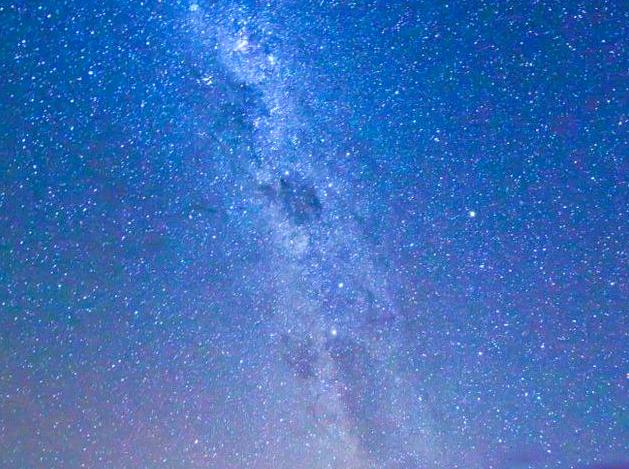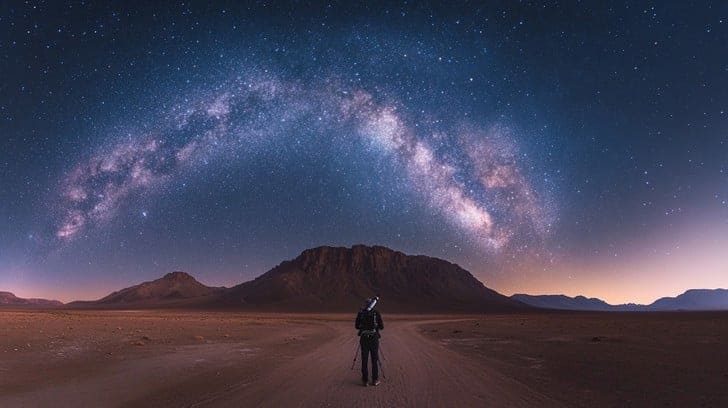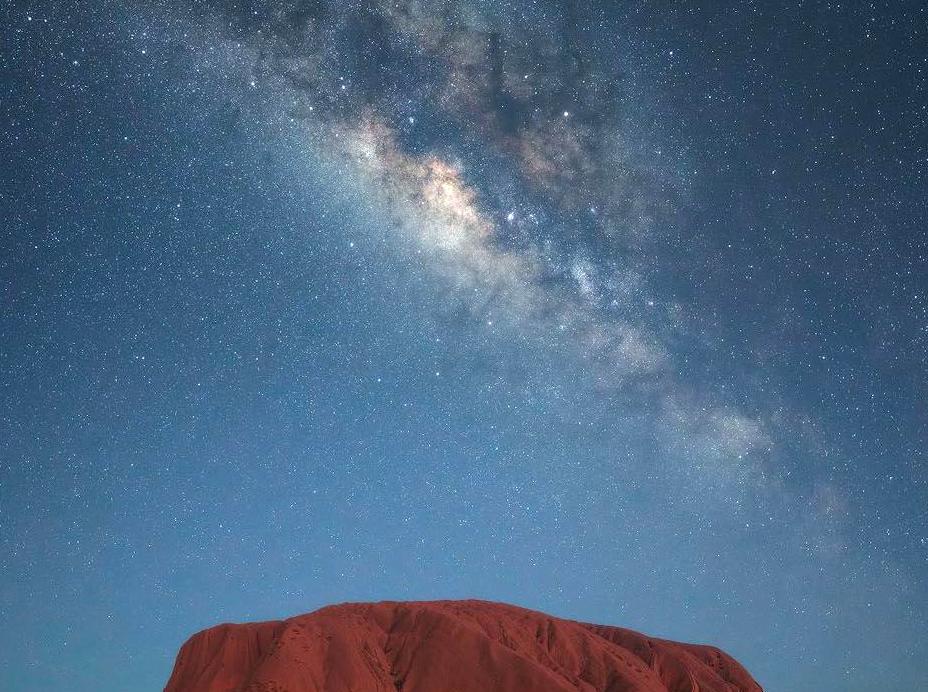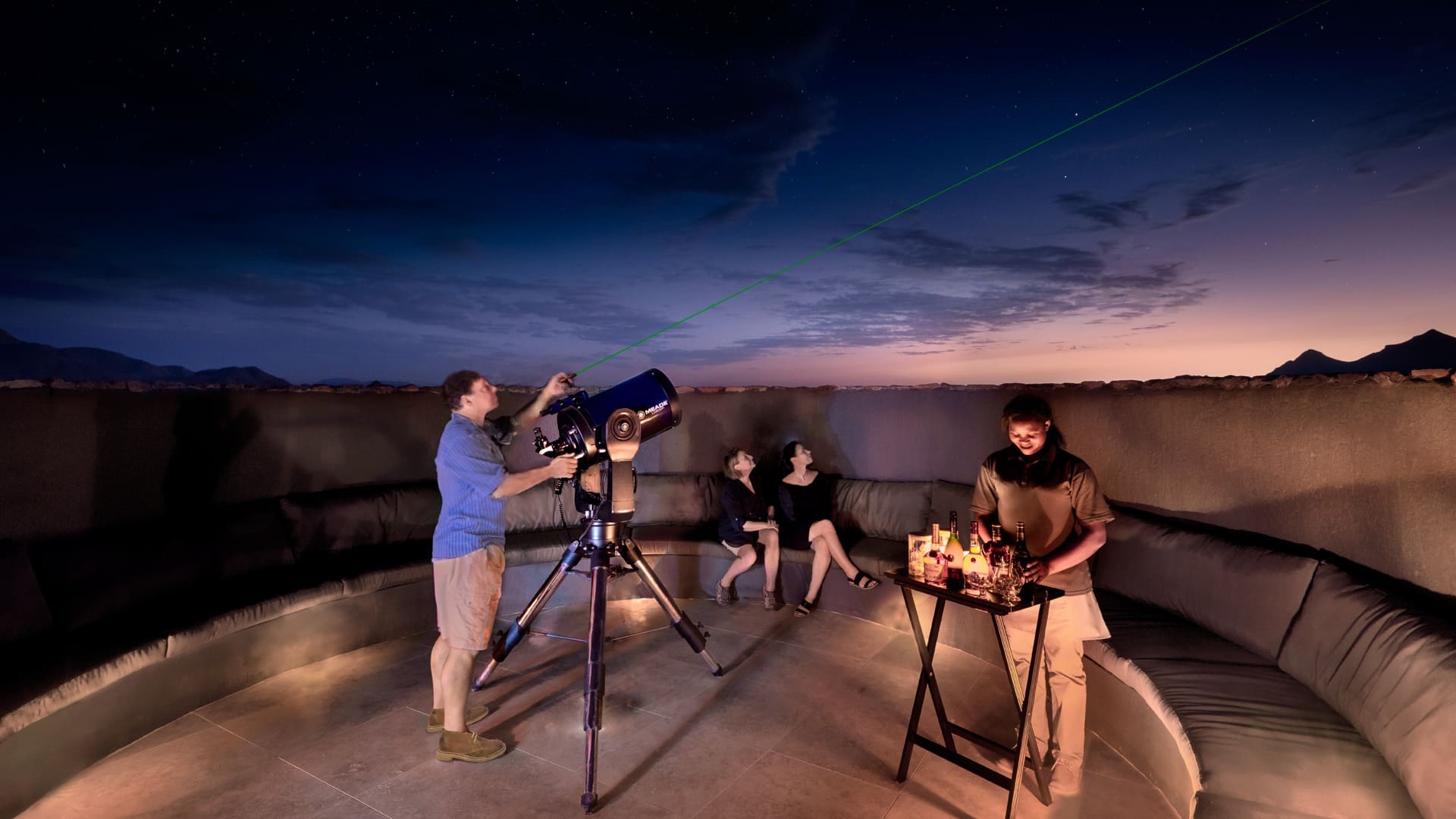Star Gazing During a Clear Desert Night Sky Tour
Star gazing during a clear desert night sky tour is an unparalleled experience that offers breathtaking views of the cosmos. This journey reveals the magnificence of the universe and provides a unique opportunity to observe celestial phenomena in their purest form. The inherent dryness and clarity of desert air allow for exceptional visibility, making it an ideal setting for astronomy enthusiasts and casual observers alike.

The Uniqueness of Desert Star Gazing
Desert star gazing is unique due to the minimal light pollution that is typically encumbered in more populated areas. The isolation of the desert offers astronomers a pristine atmosphere devoid of artificial light, providing an unobstructed view of stellar wonders. Furthermore, the dry desert air contributes to the clarity of the sky. Compared to more humid regions where moisture can distort celestial observations, the arid conditions of the desert allow for sharper, more vivid sightings of stars, planets, and galaxies.
The Best Time and Locations for Desert Star Gazing
The best time for star gazing in the desert is during a moonless night when the sky is at its darkest. Locations known for excellent star gazing include the Atacama Desert in Chile, known for its altitudes and dryness, and the Sahara Desert, which offers expansive views of the night sky. In the United States, places like Joshua Tree National Park and the Mojave Desert are favored by star gazers due to their clear and dark skies. Each of these locations offers unique celestial landscapes, enriching the overall star gazing experience with their distinct geographical characteristics.
Celestial Sights to Look For

During a clear desert night sky tour, there are several celestial sights that are particularly captivating. Some of these include:
- The Milky Way: Easily visible with the naked eye, showcasing its bright center and intricate star clusters.
- Planetary Alignments: Occurrences where planets such as Mars, Jupiter, and Saturn line up in a row, offering a rare spectacle.
- Meteor Showers: Events like the Perseids and Geminids that light up the sky with streaks of light.
- Constellations: Recognizable patterns such as Orion, Ursa Major, and Scorpio that are more distinct in the desert sky.
Each of these celestial phenomena adds to the mystique of desert star gazing, captivating both amateur and seasoned astronomers.
Equipment and Preparation for Star Gazing
To make the most of a desert star gazing tour, having the right equipment and proper preparation is crucial. Essential gear includes:
-
- A high-quality telescope or binoculars to view distant stars and planets.
- A star map or astronomy app to identify and locate celestial objects.
- Warm clothing to stay comfortable during cooler desert nights.
- Red flashlight to preserve night vision without disrupting the natural darkness.
- Comfy seating and blankets to ensure a cozy and enjoyable experience.
Besides the equipment, it is also advisable to check the weather forecast and lunar calendar to ensure optimal star gazing conditions. Preparing a route and knowing your location can also help in planning a perfect night under the stars.

Enhancing the Experience with Guided Tours
While solo star gazing can be an exciting adventure, guided tours often enhance the experience. Professional guides bring extensive knowledge and expertise, explaining the celestial patterns, mythological backgrounds, and scientific significances of various astronomical entities. These tours often include additional amenities such as high-powered telescopes, educational sessions about astronomy, and chances to join astrophotography workshops. Moreover, these guided tours can provide a sense of community, allowing participants to share their discoveries and enthusiasm, making the night sky even more magical.

Conclusion
Star gazing during a clear desert night sky tour is an enriching experience that offers a closer look at the universe. The unique combination of minimal light pollution, dry air, and isolation makes the desert a perfect setting for observing the cosmos in their full glory. By being properly equipped, visiting the right locations at the right time, and perhaps joining a guided tour, one can fully appreciate the sublime beauty of the night sky. Whether you are a seasoned astronomer or a curious novice, a desert star gazing tour promises a night of awe-inspiring celestial wonders.
FAQ
1. What makes the desert an ideal place for star gazing?
The desert is ideal for star gazing due to low light pollution, clear skies, and dry air, which provide unobstructed and crystal-clear views of the night sky.
2. What are the best desert locations for star gazing?
The Atacama Desert in Chile, the Sahara Desert, Joshua Tree National Park, and the Mojave Desert are some of the best locations for star gazing.
3. What should I bring on a desert star gazing tour?
Essential items include a quality telescope or binoculars, a star map, warm clothing, a red flashlight, comfortable seating, and blankets.
4. When is the best time for star gazing in the desert?
The best time is during a moonless night when the sky is darkest, typically around New Moon phases and away from urban light pollution.
5. Why should I consider a guided star gazing tour?
Guided tours offer expert knowledge, high-powered equipment, educational sessions, and a community atmosphere, enriching the overall star gazing experience.
